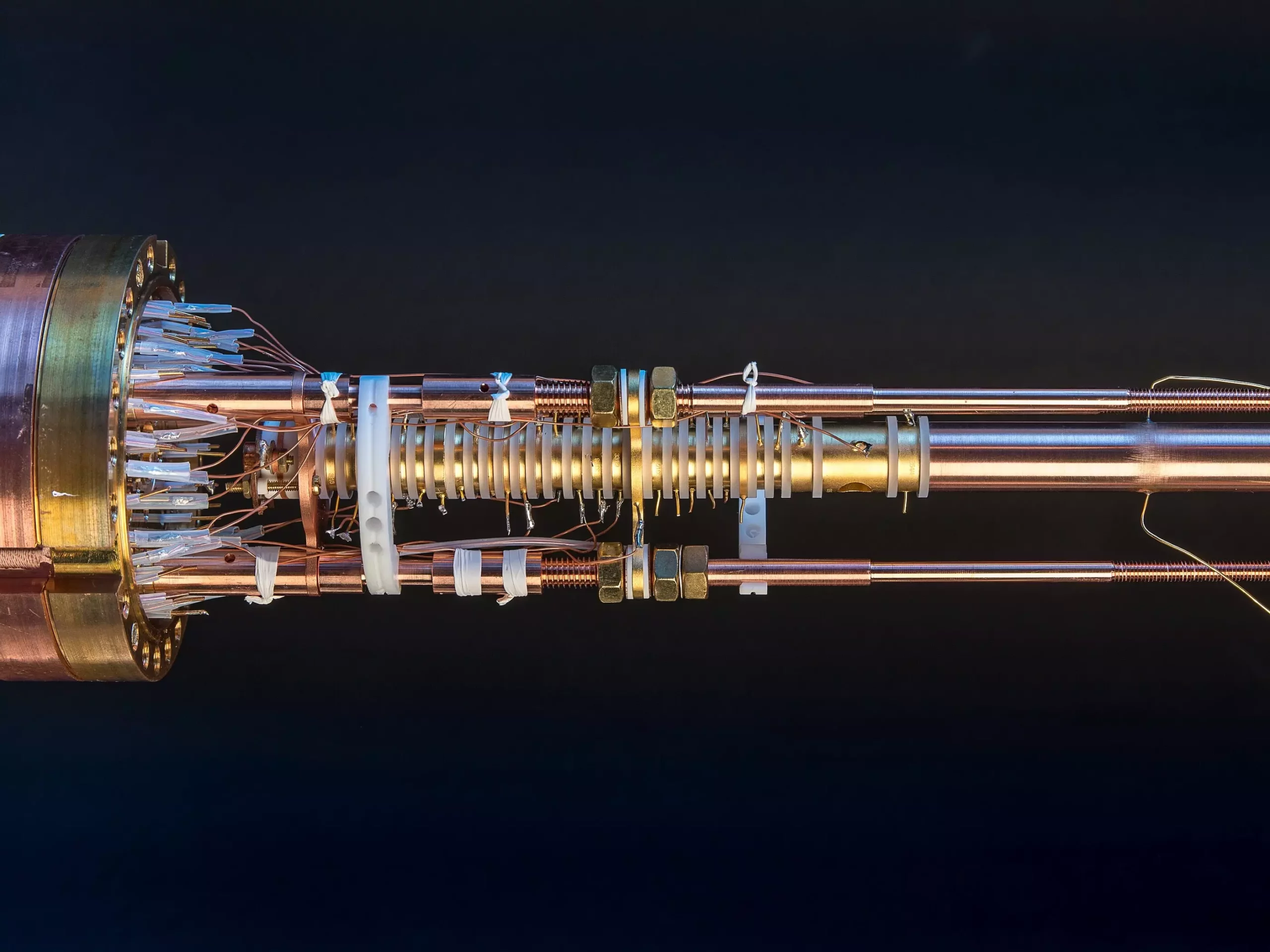Atoms, the foundational building blocks of matter, are encased in an electromagnetic shell. This shell acts as a barrier, shielding the nucleus from external influences, including interactions that would alter its properties. The implications of this shielding are profound, particularly in the realm of nuclear physics. Recent research led by Klaus Blaum’s team at the Max Planck Institute for Nuclear Physics has garnered significant attention within the scientific community, not only for its methodological advancements but also for its implications in both fundamental physics and applied sciences. Their study focused on beryllium-9 and succeeded in measuring its magnetic moment with unprecedented precision, 40 times better than previous attempts.
The magnetic moment of an atomic nucleus is a critical parameter in understanding its fundamental characteristics. However, accurately calculating the magnetic moment in conjunction with the shielding effect posed by the electron shell has proven to be an arduous challenge in theoretical physics. Notably, the complexities arising from systems with multiple interacting particles hinder the calculation of nuclear properties. As researchers like Zoltan Harman from the Heidelberg institute affirm, traditional calculations often yield uncertainties as large as one-thousandth, especially for systems with more than a couple of interacting elements.
This reliance on empirical data rather than purely theoretical models exemplifies the need for high-precision experiments. The team’s focus on beryllium-9 stems from this necessity; with a smaller nucleus and a simplicity that minimizes interference from additional factors, it becomes a prime candidate for such detailed measurements.
The technique developed by Blaum’s group utilizes Penning traps, sophisticated devices that enable the containment and precise measurement of charged particles in a magnetic field. Their innovative methodology allows for an exact readout of the magnetic properties of a nucleus. The study’s findings have significant ramifications, not only for theoretical physicists seeking to refine their models but also for practical applications in fields such as nuclear magnetic resonance (NMR). NMR is a cornerstone technique in chemistry that details the study of molecular structures and interactions through the application of strong magnetic fields, akin to those used in MRI technology in medical imaging.
This newfound precision in measuring the magnetic moment of beryllium-9 plays a dual role. It enhances our fundamental understanding while simultaneously providing significant insights into NMR applications, revealing the intricate dance of electrons around the nucleus and how they influence the magnetic readout.
One of the pivotal aspects of the Heidelberg study was its exploration of electron shielding, particularly concerning the interaction of multiple electrons with their respective atomic nucleus. In their experimentation, the team removed three electrons from beryllium-9, isolating a single electron to determine its shielding effect more effectively. This method enabled them to draw parallels with previous measurements involving helium-3, creating a clearer picture of electron interactions and magnetic moments.
The decision to study beryllium-9 stemmed from its proximity in the periodic table to helium, a critical isotope in the understanding of NMR. With only one electron left to consider, the system became analogous to a simple two-body interaction, allowing for well-defined theoretical underpinnings. The findings improve our comprehension of how electrons might shield the magnetic moment in neutral helium-3, providing a robust foundation for future experimentation.
The implications of this research extend beyond theoretical validation; they offer concrete benefits in practical applications, particularly in enhancing the precision of magnetic field measurements. Understanding the fine details of how electrons interact with atomic nuclei allows for advancements in the precision of nuclear magnetic resonance techniques, making them even more effective in chemical analysis and material science.
Moreover, the findings resonate well within the physics community, reinforcing the idea that such fundamental studies can lead to new applications across various fields, including quantum computing and advanced materials science. As researchers push the boundaries of precision measurement, the interplay between fundamental research and applied science becomes increasingly evident.
The study of beryllium-9’s magnetic moment represents a significant leap in the understanding of atomic interactions and the shielding effects of electron shells. The work carried out by Klaus Blaum and his team not only enhances our fundamental physics knowledge but also bolsters practical applications that rely on magnetic resonance techniques. As researchers continue to unveil the complexities of atomic behavior, these advancements promise to drive innovation in multiple scientific domains, ultimately shaping the future of both fundamental research and practical technological applications.

